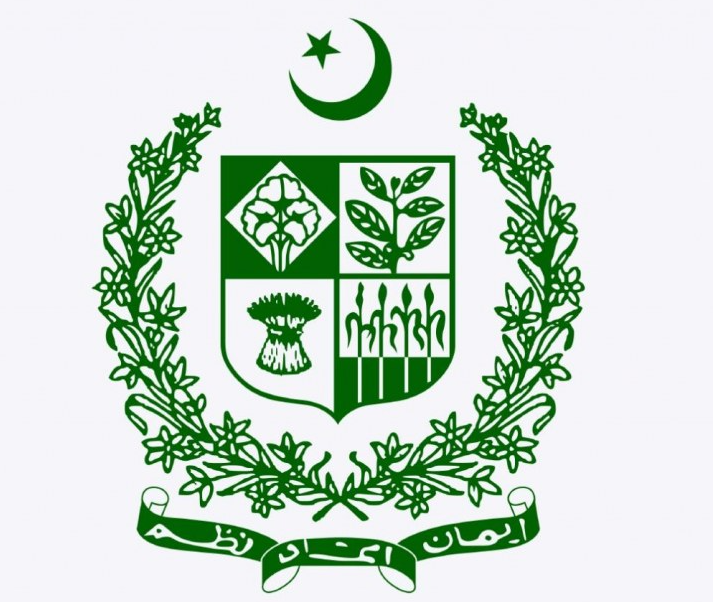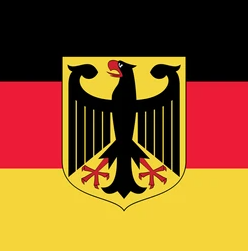The Democratic Republic of the Congo National Emblem is a powerful representation of the country’s rich history, cultural diversity, and its aspirations for unity and progress. This article explores the significance and symbolism behind the national emblem of the DRC, highlighting its design elements, historical context, and cultural importance. We will delve into the various components of the emblem, shedding light on the deep-rooted meaning they hold for the Congolese people. So, let’s embark on a journey to discover the essence of the Democratic Republic of the Congo National Emblem.
Historical Context: A Brief Overview of the DRC
Before delving into the national emblem, it is essential to understand the historical context of the Democratic Republic of the Congo. The DRC, located in Central Africa, has a tumultuous history marked by colonization, independence struggles, and political challenges. It gained independence from Belgian rule on June 30, 1960, and since then, it has been on a journey of self-discovery and nation-building.
Evolution of the Democratic Republic of the Congo National Emblem
The national emblem of the Democratic Republic of the Congo has undergone several changes throughout its history. Initially, after gaining independence, the emblem featured a leopard’s head surrounded by a cogwheel and surrounded by a maize plant on the left and a coffee plant on the right. Over the years, the emblem has evolved to better represent the aspirations and values of the Congolese people.
Democratic Republic of the Congo National Emblem: Design Elements and Symbolism
The Shield and the Leopard
The central element of the national emblem is a shield featuring a leopard’s head. The leopard, known for its strength, agility, and beauty, holds great cultural significance in the DRC. It symbolizes bravery, power, and the nation’s ability to overcome challenges. The shield represents the protection and defense of the Congolese people.
The Elephant and the Palm Tree
Flanking the shield are an elephant and a palm tree, each carrying its symbolic weight. The elephant signifies strength, wisdom, and resilience, embodying the spirit of the Congolese people in their pursuit of progress. The palm tree, a symbol of abundance and fertility, represents the rich natural resources and potential for growth within the country.
The Star and the Motto
Above the shield, a golden star shines brightly. The star represents hope, guiding the nation towards a brighter future. It signifies the lofty aspirations and dreams of the Congolese people. Beneath the shield, the national motto, “Justice, Paix, Travail” (Justice, Peace, Work), reflects the core values and principles that underpin the nation’s progress.
Democratic Republic of the Congo National Emblem: Cultural Significance and Unity
The national emblem of the Democratic Republic of the Congo holds deep cultural significance. It represents the diverse ethnic groups and cultures that coexist within the country’s borders. The emblem serves as a unifying symbol, reminding the Congolese people of their shared heritage and their commitment to national unity.
Protecting and Promoting the Democratic Republic of the Congo National Emblem
Preserving and promoting the national emblem is of utmost importance. The Congolese government, in collaboration with cultural institutions and citizens, works diligently to safeguard the emblem’s integrity. Various initiatives aim to raise awareness about its significance and ensure its respectful usage in official documents, ceremonies, and national events.
Conclusion
The national emblem of the Democratic Republic of the Congo is a testament to the country’s history, cultural diversity, and aspirations for a better future. It encapsulates the values of unity, strength, and progress that define the Congolese people. As the emblem continues to evolve, it will serve as a reminder of the nation’s past achievements and a beacon of hope for the future generations.
Frequently Asked Questions (FAQs)
Q1: What is the significance of the leopard in the national emblem of the Democratic Republic of the Congo?
The leopard represents bravery, power, and the nation’s ability to overcome challenges. It holds cultural importance and symbolizes the Congolese people’s strength and resilience.
Q2: How does the national emblem promote unity in the DRC?
The national emblem represents the diverse ethnic groups and cultures in the DRC, fostering a sense of national unity and pride among the Congolese people.
Q3: Can you explain the symbolism behind the palm tree in the national emblem?
The palm tree symbolizes abundance, fertility, and the rich natural resources within the Democratic Republic of the Congo.
Q4: What does the motto “Justice, Paix, Travail” mean?
The national motto translates to “Justice, Peace, Work.” It reflects the core values and principles that guide the nation’s progress and development.
Q5: How is the national emblem protected in the DRC?
The Congolese government, in collaboration with cultural institutions and citizens, implements measures to preserve the national emblem’s integrity and ensure its respectful usage.
References:
- “The Democratic Republic of the Congo – History.” Britannica. Retrieved from https://www.britannica.com/place/Democratic-Republic-of-the-Congo/History.
- “Democratic Republic of the Congo – Flags and Symbols.” CIA World Factbook. Retrieved from https://www.cia.gov/the-world-factbook/countries/democratic-republic-of-the-congo/#government.
- “Democratic Republic of the Congo.” WorldAtlas. Retrieved from https://www.worldatlas.com/articles/what-is-the-national-animal-of-the-democratic-republic-of-the-congo.html.

